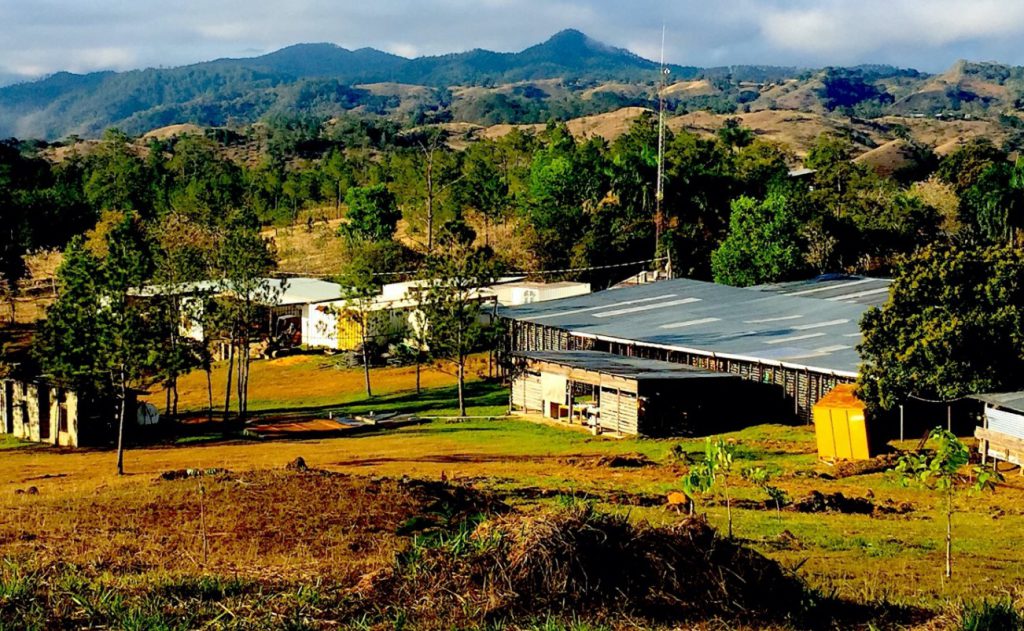Unigold drills 7 metres of 21.9 g/t gold, 2.7% copper at Neita Project

Unigold Inc. [UGD-TSXV; UGDIF-OTCQX; UGD1-FSE] reported recent drill results from its 100%-owned Neita concession in the Dominican Republic.
LP20-165 intersected 7.0 metres averaging 21.9 g/t gold and 2.7% copper at Target B.
LP20-165 also passed through Target A, intersecting 17.0 metres averaging 6.7 g/t gold and 0.1% copper. Low-grade mineralization was encountered starting at the andesite-dacite contact, returning 298 metres of 1.21 g/t gold (includes 48 metres that was not sampled and included at zero grade).
LP20-165 is the first hole returned from the deep drilling program: it extended Target B a further 100 metres to depth, and extended Target A a further 25 metres below the previous limits. LP20-177, the first drill hole at Target D, intersected 4.9 metres averaging 1.2 g/t gold with 0.3% copper, suggesting potential to increase this zone at depth.
Four drills are currently active: two drills are testing the depth extensions at Target B and C, one drill is testing Target D, and one drill is exploring 4 km to the west at the Montazo geochemical-IP anomaly.
Joseph Hamilton, Chairman and CEO, said: “LP20-165 is the deepest and highest-grade intersection to date at target B. This hole extended mineralization a further 100 metres to depth and demonstrates that the system may be strengthening. Once again, the epithermal mineralization shows consistent grades over the seven-metre intercept with the highest assay returning 51.60 g/t gold over one metre. Disseminated mineralization continues to exist at depth in the footwall, as observed across the entire two-kilometre strike length of drilling at Candelones. In this case, disseminated mineralization averaged 1.21 g/t over a remarkable 298 metres into the footwall.
“LP20-165 was aligned to pass through target A mineralization before continuing into the deep footwall extension of target B. The target A intersection returned 17.0 metres grading 6.7 g/t gold and 0.1% copper. Two additional holes have been pre-collared: each a 100-metre step-out down-dip along the target B trend after passing through the target A horizon. These holes are in the process of being extended by our larger machines.”
